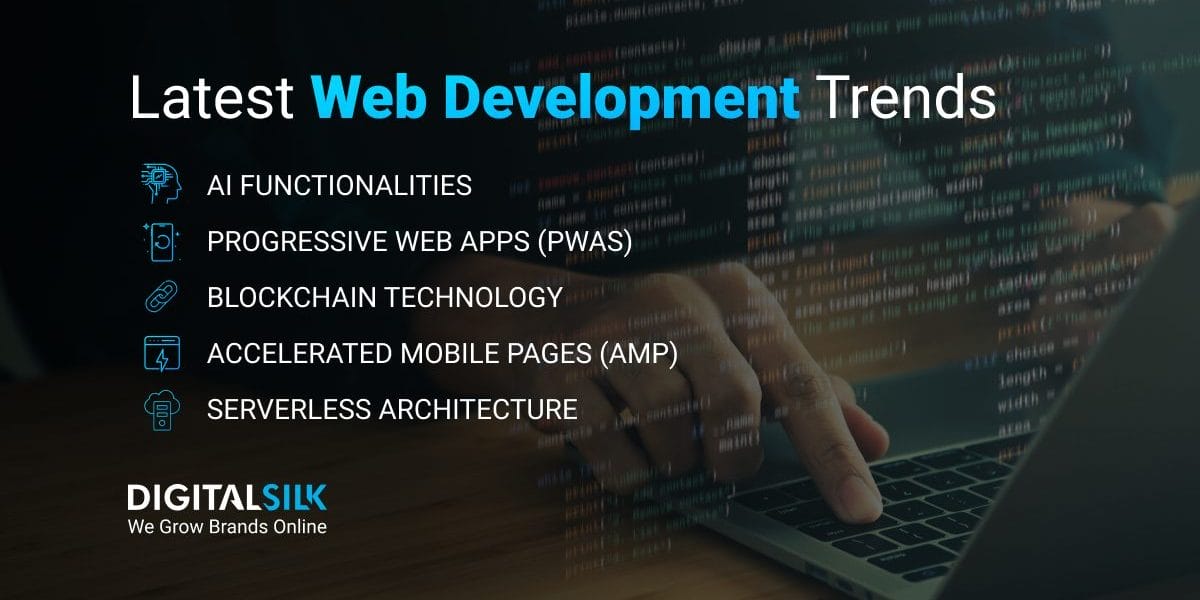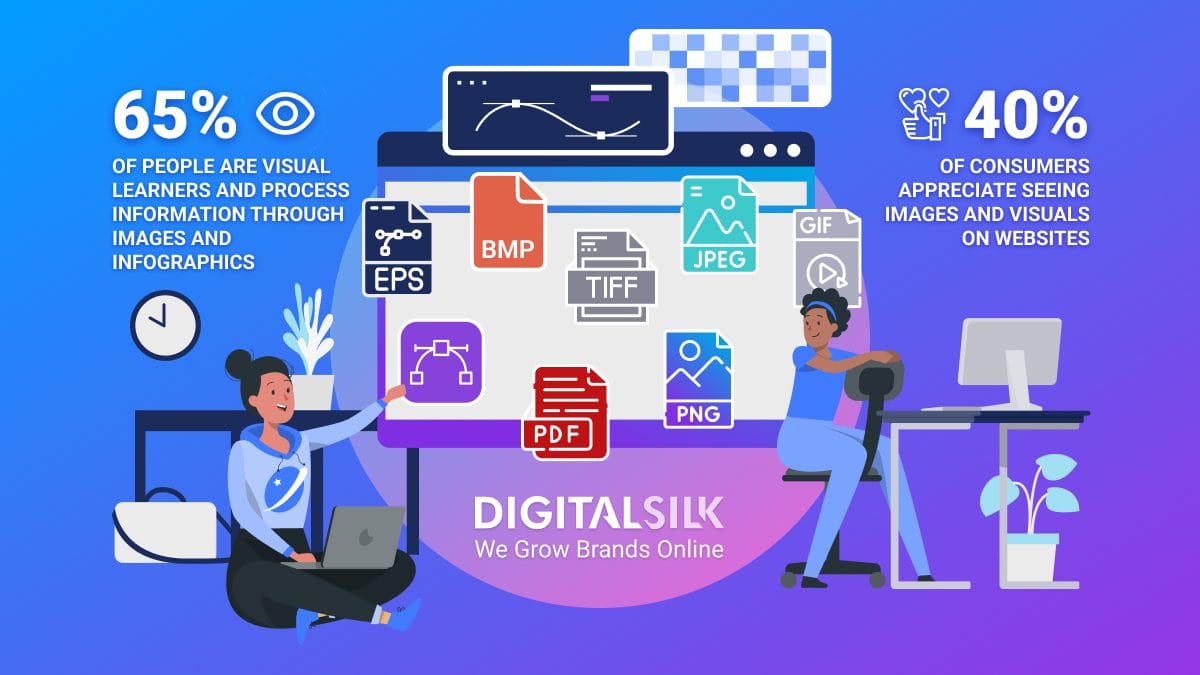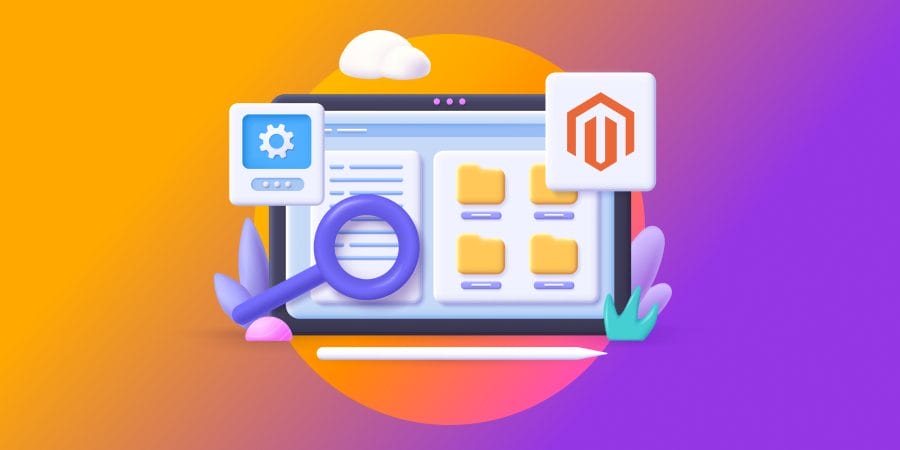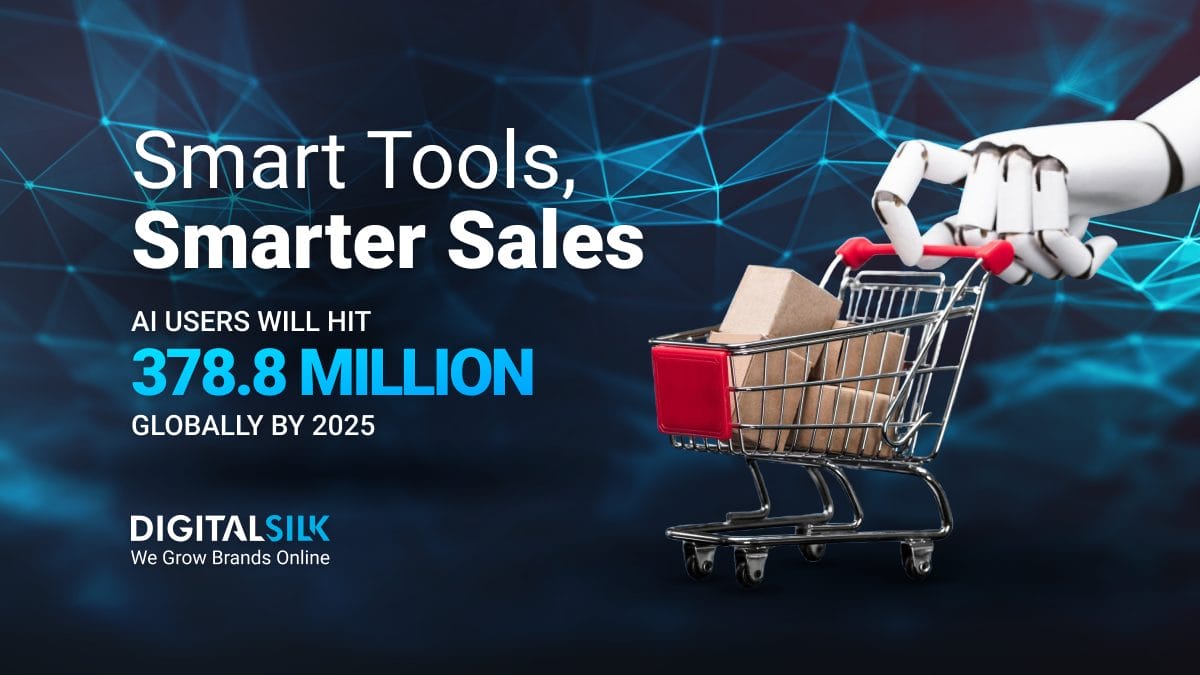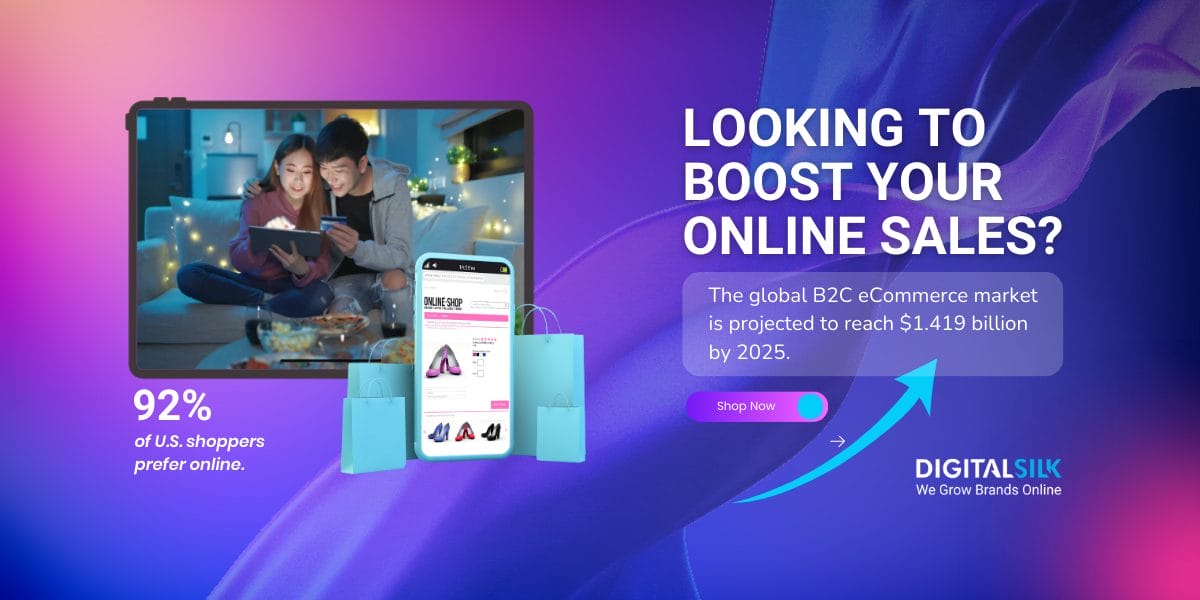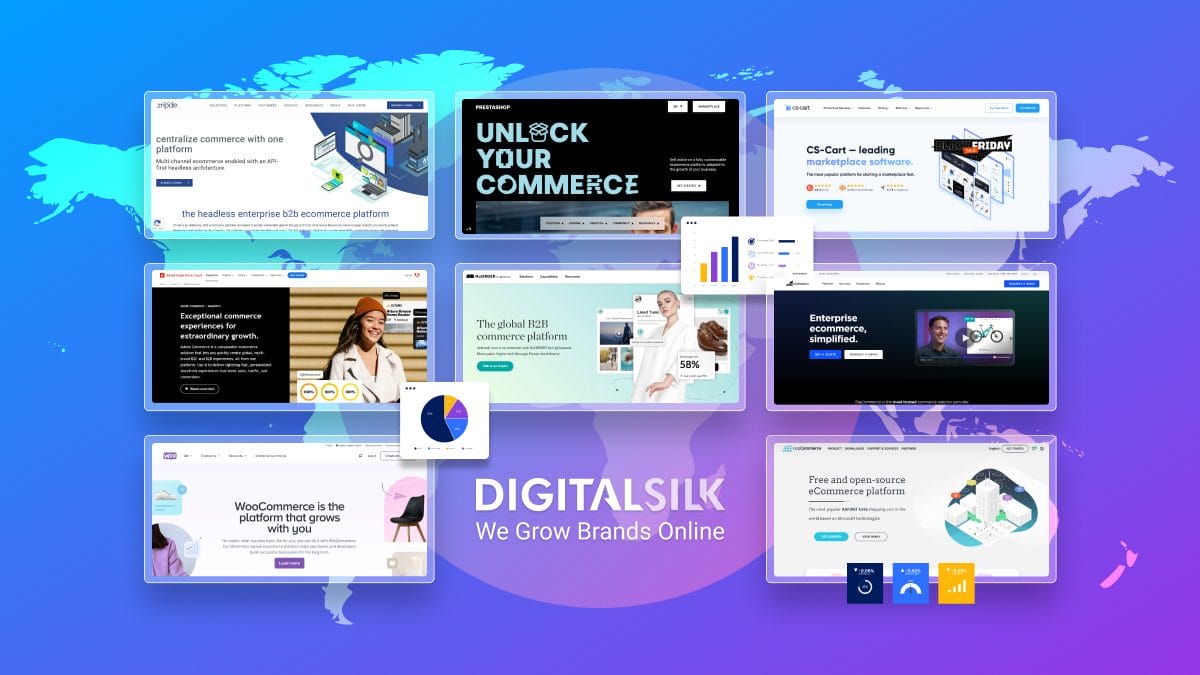With over 1.1 billion websites globally, there’s a growing need for efficient, user-friendly and innovative web development solutions.
Launching a website requires careful planning, strategic execution and consistent maintenance, regardless of the project’s scale, business goals and target audience.
Like any other technology-driven industry, web development is constantly evolving — new tools, languages and frameworks emerge while others become obsolete.
In this post, we’ll explore the latest web development trends for 2025, including best practices, new technologies and future predictions.
15 Cutting-Edge Web Development Trends In 2025
38% of developers would like to acquire web development skills, which puts this skill set at the top of tech professionals’ wish list.
Given the fluctuating and often unpredictable nature of web development, keeping your finger on the pulse of the latest coding trends in 2025 can be challenging.
Below, we’ve summarized 15 cutting-edge website development trends based on their widespread use, industry appeal and expected longevity.
1. AI Functionalities
Artificial Intelligence (AI) and Machine Learning (ML) are two of the industry’s most prominent buzzwords in recent years.
In fact, 62% of businesses have already invested in AI tools for their staff, with most of them expecting a positive Return on Investment (ROI).
Web developers can use AI and ML to automate tedious tasks, speed up code development and improve website personalization.
AI tools rely on Natural Language Processing (NLP) capabilities to analyze and comprehend developer queries, generate actionable code snippets in a fraction of the time and minimize human errors.
Moreover, AI technology can speed up testing and debugging processes by identifying patterns and common errors, which can save valuable time and resources.
Not to mention AI’s in-depth user analytics and predictive capabilities, which help developers target specific audiences and make data-driven decisions for website improvements.
Finally, developers can use AI chatbots to automate customer service, collect user data and feedback and speed technical support responses.
For instance, Peloton uses a chatbot on the right side of its homepage to assist customers with their orders and equipment inquiries.
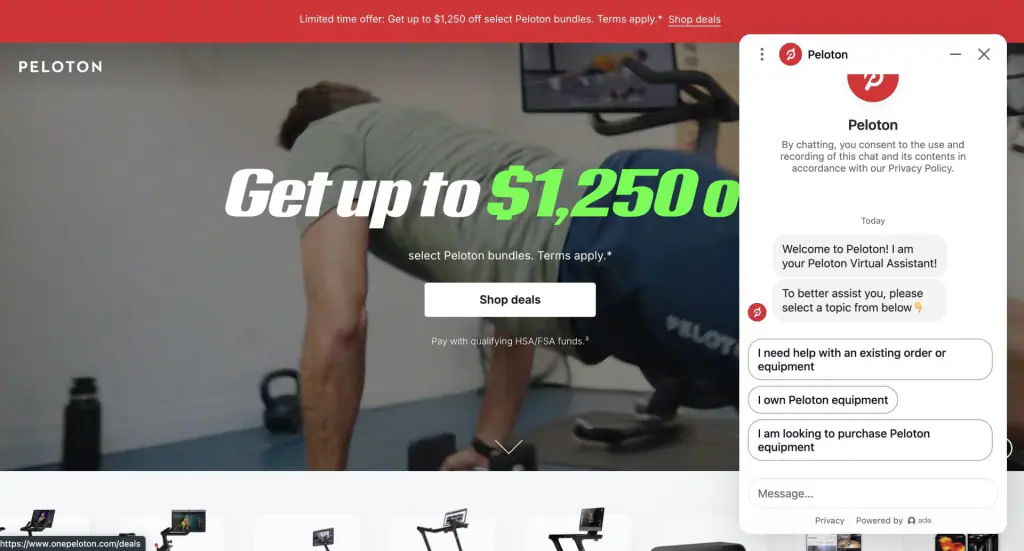
2. Progressive Web Apps (PWAs)
Progressive Web Apps (PWAs) are trending eCommerce technologies that offer a web-like UX, but deliver the performance of a native app.
Their “progressive” label refers to their ability to enhance functionality progressively, allowing them to work seamlessly regardless of the browser or device used.
PWAs are responsive and fast-loading due to their shell architecture and caching mechanism, which ensures consistent, reliable and fast performance even with poor network connectivity.
Speaking of network connectivity, PWAs can also work offline thanks to their service worker attributes, which allow users to access some or all website features without an internet connection.
For instance, Spotify makes fantastic use of its cross-platform PWA to sync currently playing tracks and playlists, play music without an internet connection and send push notifications for new releases.
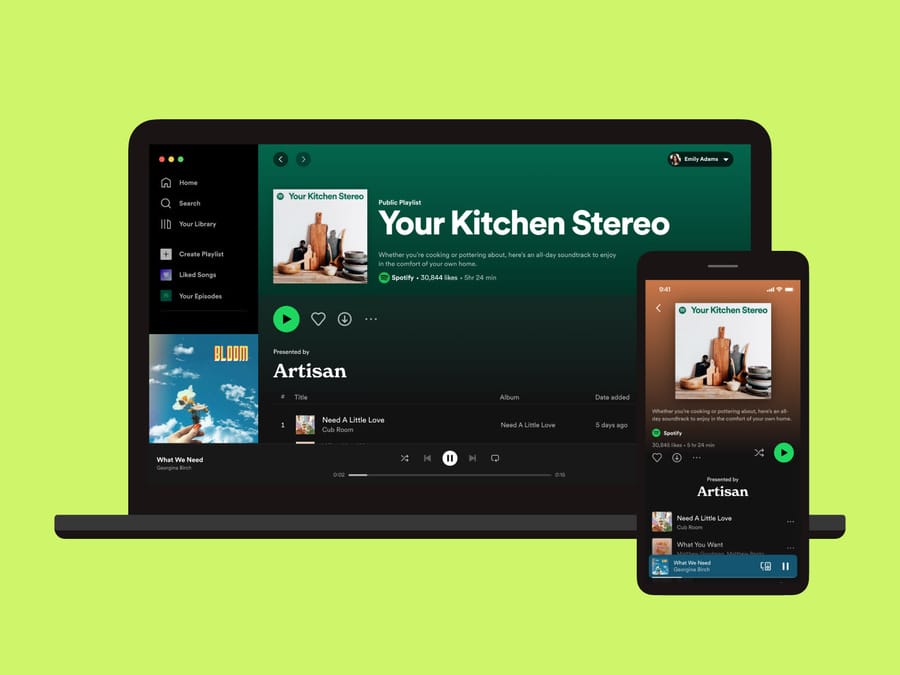
3. Blockchain Technology
Blockchain is a secure and distributed database technology that facilitates continuous flows of transactions and records called blocks.
Each block is linked to the previous one, which creates an immutable chain that’s virtually impossible to alter or delete.
This means that blockchain technology is a cryptographically secure digital log that records all transactions in a transparent and tamper-proof manner.
As such, it’s suitable for financial transactions, supply chain management, copyright and royalty protection and healthcare record keeping.
Developers can use this technology to create decentralized applications that operate on a peer-to-peer network and eliminate intermediaries and centralized control.
4. Serverless And Headless Architecture
Serverless architecture uses cloud technology to intercept user requests and compute the required resources without backend server configuration or management.
This approach reduces infrastructure and maintenance costs while automatically scaling computational resources based on user requests.
Developers can use this cloud-based approach to retain data, handle user authentication and optimize application performance.
The serverless architecture market is projected to reach $17.78 billion in 2025, with this number expected to rise as more businesses adopt this model.
Major players in the serverless market include AWS, Google Cloud and Microsoft Azure.
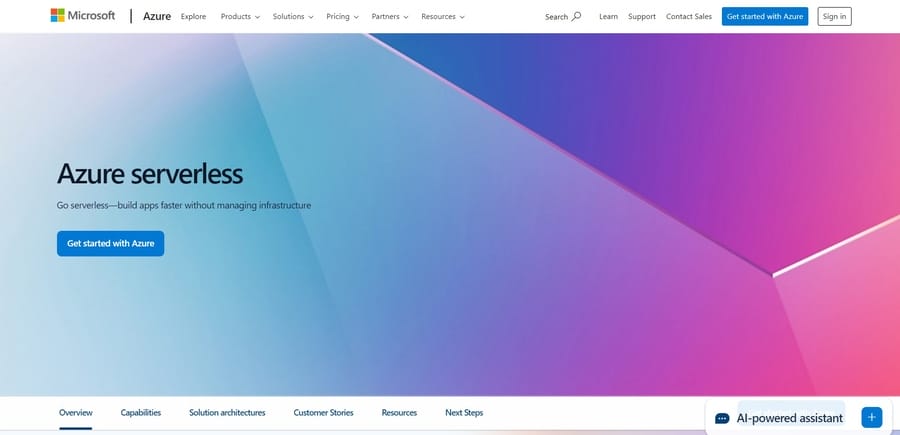
On the other hand, headless architecture separates the front-end or user interface from the backend or operational logic.
This decoupling allows businesses to customize their content management systems (CMS) and use different backend and front-end technologies based on microservices and APIs.
Headless architecture enables faster content delivery, improved agility, better scalability and easier cross-platform deployment.
5. Accelerated Mobile Pages (AMP)
Next up on the list of programming trends for 2025 are Accelerated Mobile Pages (AMPs), which are lightweight versions of web pages designed for fast loading on mobile devices.
Since 70% of consumers agree that website loading speed affects their purchasing decisions, AMPs can reduce bounce rates, increase user engagement and improve search engine rankings.
These pages use a stripped-down version of HTML, load through Google’s AMP cache and use JavaScript libraries for faster rendering.
Google spearheaded this project back in 2016 to compete with Facebook’s Instant Articles and Apple News, which ultimately achieved widespread adoption by websites across industries.
Some of the most notable advantages of AMPs include multi-platform compatibility, instantaneous load times, relatively easy implementation and improved user experience on mobile.
Since over 61.5% of global traffic comes from mobile devices, AMPs can significantly improve businesses’ audience reach, engagement, conversion rates and market positioning.
6. Motion UI Frameworks
As human attention spans drop to a mere 8 seconds, users require websites that are not only functional and fast-responding but also have engaging interfaces and appealing animations to keep them hooked.
Motion UI frameworks are front-end technologies that add visual and interactive elements to websites and applications.
This includes adding hero image animations to capture users’ attention within seconds, website element sliders and traditions, gallery carousels, scrolling effects and loading graphics.
Digital Silk’s developers implemented animated hero images on one of our latest blog posts to add visual dimension, humanize our brand and engage users from the start.
7. Dark Mode Design
Dark mode standardization is quickly gaining traction in web design and developers are taking note.
This trend is not just a design preference, but an improvement in user experience since it requires minimal eye strain, offers better readability and preserves battery life, especially on OLED screens.
Developers can experiment with different frameworks and techniques for easier integrations and customizations.
For instance, you can add on-off switches for dark mode on your website and even use automatic time or location-based triggers to switch modes.
Digital Silk’s developers have included a toggle switch on our Digital Trends page to help users seamlessly switch between light and dark mode.
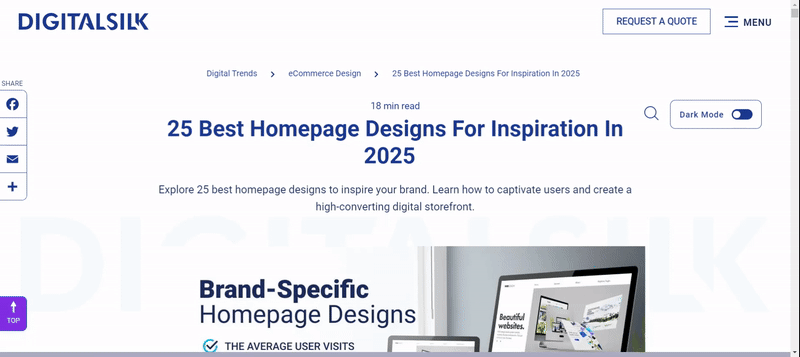
8. Voice Search Optimization
Over 50% of adults use voice search at least once per day, largely due to the convenience and commodity it offers.
Users can quickly search for information, set reminders and make phone calls without typing a single word.
Not to mention the accessibility and ethical implications voice search optimization brings to modern website design and development, particularly in today’s increasingly self-aware and mutually accepting society.
Natural Language Processing (NLP) is once again at the forefront of developers’ priorities, with an emphasis on understanding and accurately responding to user’s queries.
Voice recognition and digital assistants are just two examples of how developers can integrate voice search optimization and increase user engagement.
You can tailor your website content to match common user questions and phrases, offer personalized results and recommendations and optimize for conversational language.
9. API-First and Low-Code Development
A common web development term, Application Programming Interface (API) allows two different software systems to connect and exchange data and functionalities.
Prioritizing these interfaces above all other app or website elements ensures consistent, reliable and secure communication, while also future-proofing your code for scalability, Continuous Integration and Continuous Deployment (CI/CD) and error tolerance.
Moreover, this method allows developers to work simultaneously across the two interlinked systems, which cuts down development time and increases productivity.
Low-code or even no-code programming takes this a step further by ditching traditional pro-code requirements in favor of simplified and augmented drag-and-drop, point-and-click or visual-based development interfaces.
This approach democratizes coding and creates opportunities for individuals without a technical background to improve development turnaround time and maximize ROI.
10. Cybersecurity And Data Protection
93% of organizations plan to increase their cybersecurity protection spending, which highlights the importance of strategic incident response planning, breach detection and data protection measures.
Developers can facilitate sensitive data encryption, network security monitoring and automated incident response with security-focused APIs, as well as integrate privacy and compliance protocols into the code architecture.
Moreover, user privacy and data handling regulations such as the General Data Protection Regulation (GDPR) require a secure development approach that guarantees users’ right to privacy and data protection.
You should focus on anonymization techniques, consent management systems and access control mechanisms to comply with these regulations.
11. WebAssembly (Wasm)
WebAssembly is a portable, low-level bytecode format that enables high-performance web applications for gaming, simulations and data-heavy processes.
It’s an open standard that can run code in different languages at near-native performance, optimize power and performance requirements and maintain compatibility with existing platforms, integrations and ecosystems.
For instance, you can run old C/C++ codes without translating them to JavaScript and execute tasks such as encryption, compression or complex calculations more efficiently.
12. GraphQL
Widely regarded as a successor to REST APIs, GraphQL is a modern query language and server-side runtime environment for APIs that enables efficient and flexible data fetching and aggregation.
GraphQL uses a single-endpoint, strongly-typed schema system that specifies how to query, mutate or subscribe data in a declarative manner.
This way, developers can precisely request only the necessary data, avoid overfetching and reduce network traffic and processing time.
GraphQL servers are available for all popular programming languages and frameworks, including Java, Python, Node.js, Ruby on Rails, C++/C#, PHP and Scala.
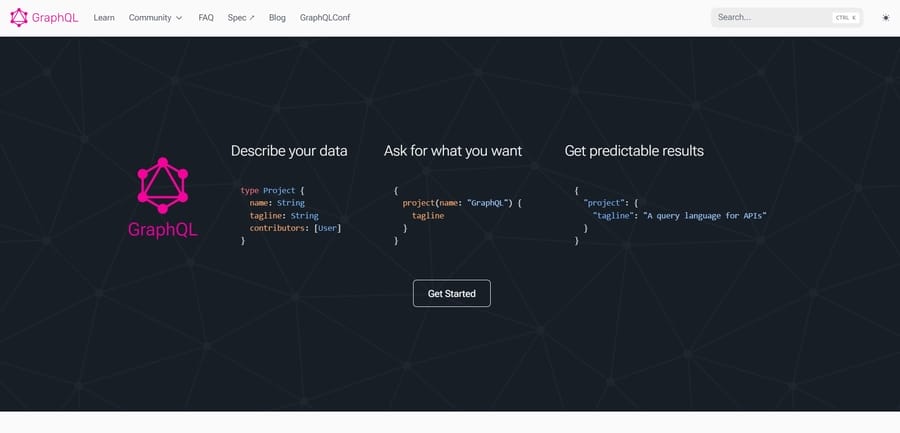
13. WebRTC
Web Real-Time Communications (WebRTC) refers to open-source technology that facilitates real-time communication, audio and video streaming and peer-to-peer data exchange between browsers.
All modern browsers and native clients can support WebRTC’s JavaScript APIs and enable web apps to communicate without additional plugins or external software.
This is especially useful for video conferencing, online collaboration, gaming, remote desktop control and screen-sharing applications.
Below is a sample of WebRTC’s data transfer capabilities, which shows an overview of the send/receive progress and amount of data transferred.
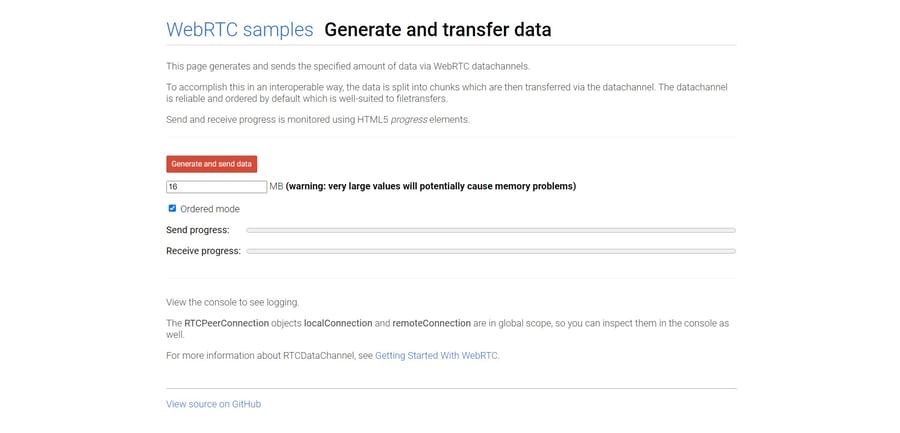
14. Edge Computing
Next on the list of custom web development trends is a computing framework that brings computational power and data storage closer to the source of data generation.
Edge computing reduces latency and network traffic by processing data on devices near the “edge” of the network instead of a remote data center.
This is especially beneficial for IoT devices, real-time applications and large-scale data processing tasks, as it minimizes delays and improves response times.
15. Hyperautomation Tools
Finally, hyperautomation relies on machine learning, artificial intelligence and process automation techniques to enhance businesses’ operational efficiency and decision-making processes.
These tools speed up repetitive tasks, analyze structured and unstructured data to make relevant decisions and eliminate bottlenecks and reduce error rates.
Hyperautomation tools can also collect detailed and accurate user data and deliver end-to-end security for sensitive data.
Overview Of Popular Web Development Technologies
Web development trends can fluctuate depending on market demands, technology advancements and user preferences.
With that in mind, let’s explore some in-demand technologies:
Backend Frameworks
Backend developers manage behind-the-scenes functionalities including servers, databases and application programming interfaces (APIs). Some common backend frameworks include:
- Node.js: 40.8% of developers prefer using Node.js to run JavaScript, Python and C/C++ code in the backend. It uses asynchronous architecture to handle multiple requests at once, offers efficient resource use and execution speed and supports server-side rendering.
- PHP: As a general-purpose scripting language, PHP files contain HTML, CSS, JavaScript and text code executes server-side commands. It supports cross-platform compatibility, advanced desktop application development, easy integration with databases and command-line scripting.
- Django: This is a high-level Python framework that promotes quick development with out-of-the-box features like authentication, site maps, RSS feeds and content administration. Marketed as the ideal partner for “perfectionists with deadlines”, Django offers robust security measures such as SQL injection, cross-site scripting and clickjacking protection.
Front-End Frameworks
The front-end portion of the website development process handles user interface (UI) and user experience (UX) principles to translate design into code.
Front-end developers are responsible for creating website structure and layout, designing interactive elements and implementing web animations. The most common frameworks include:
- React.js: Trailing behind Node.js in terms of popularity, React.js is a front-end JavaScript framework that efficiently renders and modifies the user interface (UI) based on data changes. React.js uses a virtual DOM to speed up page loading times and offers reusable components for quick and scalable development.
- Vue.js: As a progressive JavaScript framework that easily integrates with existing libraries and projects, Vue.js boasts an unobtrusive reactivity system that supports real-time updates and HTML attribute extensions for swift component creation.
- Angular: Developed by Google, Angular is a TypeScript-based framework with a collection of well-integrated libraries for form management, routing and client-server communication. Angular’s opinionated structure allows developers to hit the ground running with all the basics, while its modular system offers easy module grouping, maintenance and scalability.
Future Outlook For Website Development Trends
As we enter 2025, up-and-coming technologies, user preferences and market demands continue to shape the web development narrative.
The current tendencies and best practices sound promising, but the future holds even more exciting developments, such as:
- Immersive technologies: Creating interactive websites with Augmented Reality (AR), Virtual Reality (VR) and Mixed Reality (MR) doesn’t seem too far-fetched, as current software and hardware advancements pave the way for a more immersive web experience.
- Decentralized and open protocols: Blockchain technology is merely scratching the surface, but its potential as a secure and decentralized data storage medium is a promising alternative to traditional website architecture. This can redefine web ownership and data privacy and incentivize website owners and developers to use open-source protocols.
- 5G integration: 5G boosts data generation speed, reduces latency and improves network performance. Developers can harness this potential to optimize Content Delivery Networks (CDNs), expand their global reach and build responsive, high-performing websites and apps.
- Sustainable and ethical development: As society aims to preserve energy and resources, web developers can lend a hand by optimizing their code, managing hardware and bandwidth costs, using Cascading Style Sheets (CSS) for preprocessing tasks and frameworks and relying on open-source code.
- Continuous learning and scalability: 71% of U.S. web developers have at least a bachelor’s degree, but much like the programming languages and frameworks they use, their education doesn’t stop at the gates of university. Continuous learning facilitates more efficient, secure and scalable web development, which in turn supports innovative solutions and business growth.
- User-centric practices: Human-centered design and development highlight inclusivity, accessibility, acceptance and personalized content that resonates with the target audience. The future calls for conscious choices in terms of typography, color psychology, user experience and interface development.
Key Metrics To Measure Web Development Success
While adaptability and flexibility are among the primary advantages of web development, its often unpredictable and volatile nature can interfere with strategic planning and thoughtful execution.
Luckily, several metrics can help you determine your website’s performance and identify areas for improvement, such as:
- Core Web Vitals: This subset of three metrics measures loading speed, interactivity and visual stability to evaluate user experience. Your website’s Largest Contentful Paint (LCP) should be less than 2.5 seconds, your First Input Delay (FID) should fall short of 200 milliseconds and your Cumulative Layout Shift (CLS) should be no more than 0.1 seconds for optimal performance.
- Conversion and click-through rates: If both metrics are low, it could indicate poor website structure or usability. Use Google Search Console to track your website’s average positions, impressions and clicks, compare them with competitors’ performance and adjust your development strategy accordingly.
- Indexed pages and search engine rankings: Once Google crawls your website and understands its content, it will rank and index your pages according to their relevance and authority. Check Google’s URL Inspection Tool to analyze your domain name and live URLs, DNS verification, request indexing and fix any issues that may hinder website visibility.
- Mobile responsiveness and loading speed: Adopt a mobile-first development strategy to adapt website elements and content to smaller screens. With 58% of U.S. mobile users accessing expecting websites to load within three seconds, prioritize performance without sacrificing design or functionality.
- User engagement and retention: Use Google Analytics to monitor average engagement time, bounce rate and page views to understand user behavior and preferences. Perform A/B testing to see which interface and content variations perform better.
Stay On Top Of Web Development Trends With Digital Silk
While following the latest web development trends in 2025 can offer theoretical insights, you don’t have to execute their practical applications alone.
At Digital Silk, our in-house team of web developers, designers, brand and digital strategists carefully assess client needs and project scope, create early-stage prototypes and execute custom solutions.
Post-launch, our team offers maintenance and support services with regular security patches, performance updates and feature enhancements.
As a professional web design agency, our services include:
- Custom web development
- eCommerce development
- Shopify development
- Magento development
- WooCommerce development
- Custom web design
Have a web development project in mind?
Contact our team, call us at (800) 206-9413 or fill in the Request a Quote form below to schedule a consultation.
"*" indicates required fields


